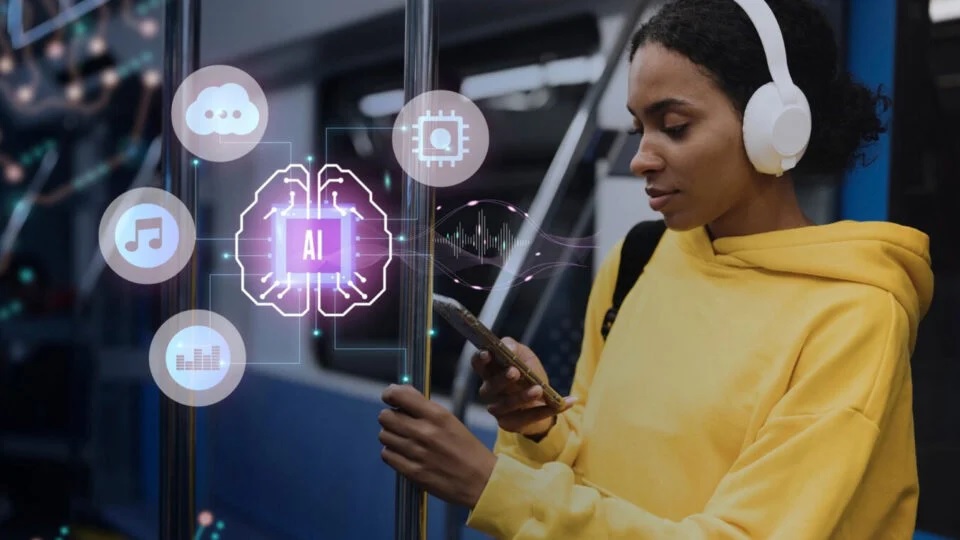Today, in the field of technology, product management is rapidly changing because of artificial intelligence (AI) and machine learning (ML). With these quick advancements in technology and the ever-growing reliance on data-driven decision-making, product managers find themselves at odds; they must forget old ways to learn new ones that fit into this digital age.
Rather than simply managing cutting-edge products or services developed by others, a product manager in today’s IT organization should be viewed as someone who can transform everything about them using any new technique or technology available while also engaging stakeholders like never before.
This article gives an overview of what the digital world means for you as a product manager and some popular certifications in this area.
The Role of Product Managers in the Digital World
Product managers should know the different technologies that are currently being used to process data, understand what each one does best, and how they can be applied.They need not only technical skills but also business acumen to identify many areas where innovation is possible within an organization through the use of data-driven strategies. These strategies will then guide them towards coming up with insights that will push for invention around those areas, leading to the successful launch of new products or services under their control.
Data Analysis and Interpretation
Product managers need to analyze large and complex datasets and identify trends, patterns, and insights to make informed decisions on product development optimization. They also need to collaborate with data scientists to develop product models, perform necessary statistical analysis, and conduct A/B testing.
Product Vision and Strategy
The PM needs to work closely with different teams, which include business stakeholders, data scientists, and software engineers, to identify the product vision and roadmap. Along with that, PM needs to develop business cases to create a data-driven presentation and communicate the product vision and strategy to their stakeholders.
User Experience and Design
Collaboration with UI and UX designers to create user-friendly and intuitive interfaces that enable customers to interact with data-driven services and products. The product managers need to conduct user research and usability testing to comprehend the customer’s needs and preferences and develop user personas and journey maps to inform product development and optimize UX. Let’s use an understanding of the top four trending product management certification courses that product managers can consider to build a strong portfolio in the competitive market.
To Know More, Read Full Article @ https://ai-techpark.com/the-power-of-ai-with-product-management-certifications/
Related Articles -
Democratized Generative AI
Top 5 Data Science Certifications
Trending Categories - AI Identity and access management











